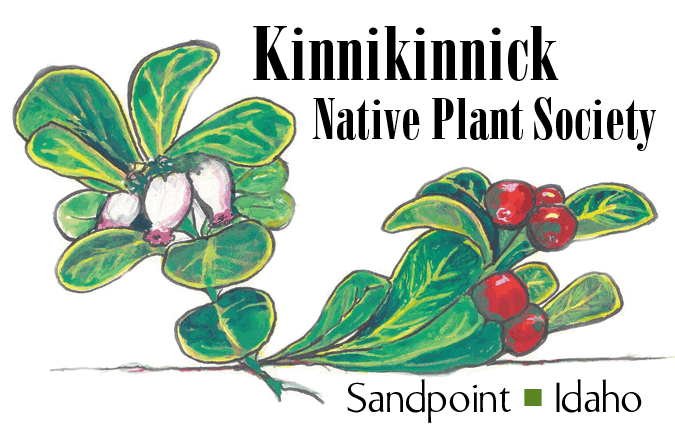Harebells
(Campanula rotundifolia)
Harebells
The Haida Indians of the Pacific Northwest believed that picking the “blue rain flowers” (Campanula rotundifolia) would bring rain. Commonly called Harebells, this delicate native grows throughout the US and Canada as well as in Britain and other northern regions globally. Other common names for this delightful plant include Bellflower, Fairy Bell, Witch's or Fairy Thimble and Scottish Bluebell.
The name Harebell arises from the superstitious belief that witches turned themselves into hares using the white sap from the stems, and from the folk tradition that Harebells grow where hares live (just about everywhere!). Scotland's clan McDonald adopted the flower as its symbol, and the plant was used in the manufacture of a blue dye for Scottish tartans.
Harebell flowers
Blooming from July until fall freeze, the small, blue, papery bell-shaped flowers stand out, especially at the end of summer when other colors have faded from the landscape. Delicate blooms nod gracefully on wispy stems 6-20 inches tall rising from round basal leaves, described by the species name, rotundifolia. The genus name, Campanula, means “little bell” in Latin.
Harebells are perennials and multiply rapidly, but not aggressively. Each plant spreads to form a small clump through the production of underground rhizomes. They populate pastures, meadows, sandy dunes and cliffs. Their preferred habitat features dry to moderate moisture and full sun to part shade, but they do not tolerate persistent dampness.
The seeds are too small to interest birds, but hummingbirds love the flowers. Harebells are thought to be deer resistant, however, this may depend on how hungry the deer is.
Harebells thrive in the Dry Rock habitat in the North Idaho Native Plant Arboretum. Open to the public, parking for the Arboretum is at 611 S. Ella Ave. or on the street.
Harebell is found on page 135 of the KNPS publication, Landscaping with Native Plants in the Idaho Panhandle, available at local bookstores and the Bonner County History Museum.
Native Plant Notes are created by the Kinnikinnick Native Plant Society. To learn more about KNPS and the North Idaho Native Plant Arboretum, explore www.nativeplantsociety.org.


